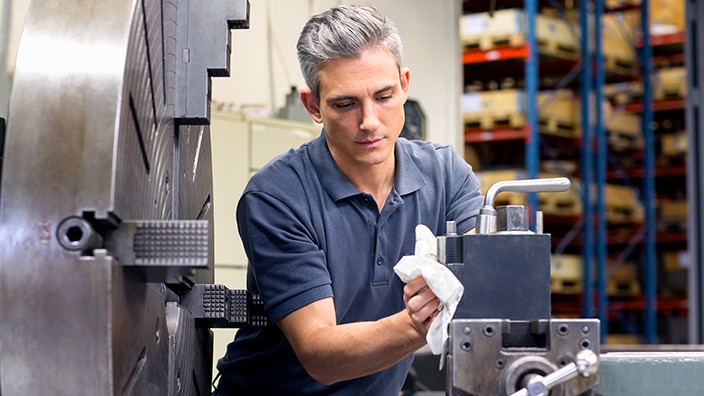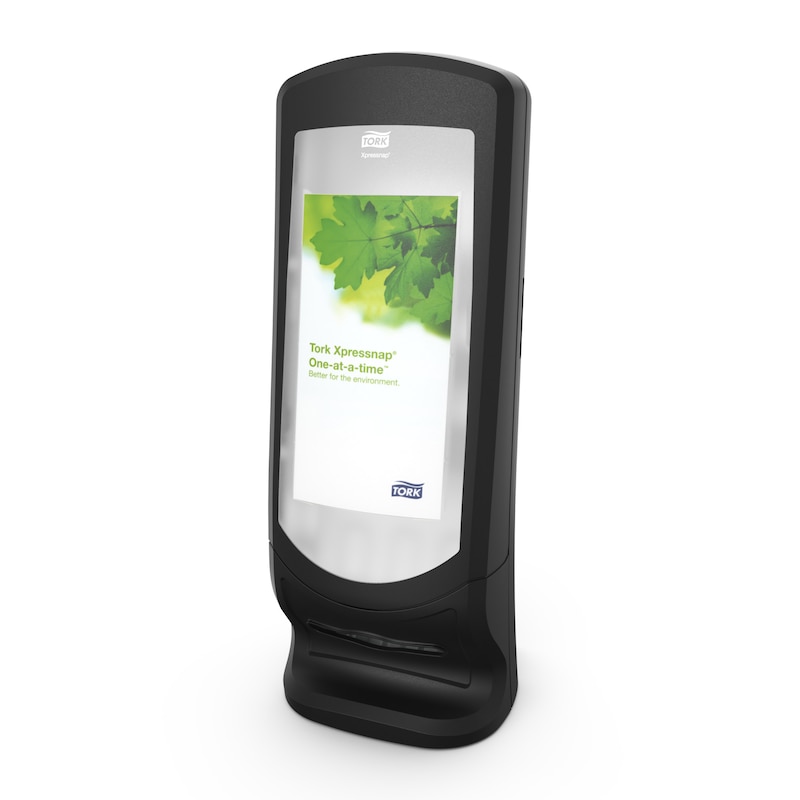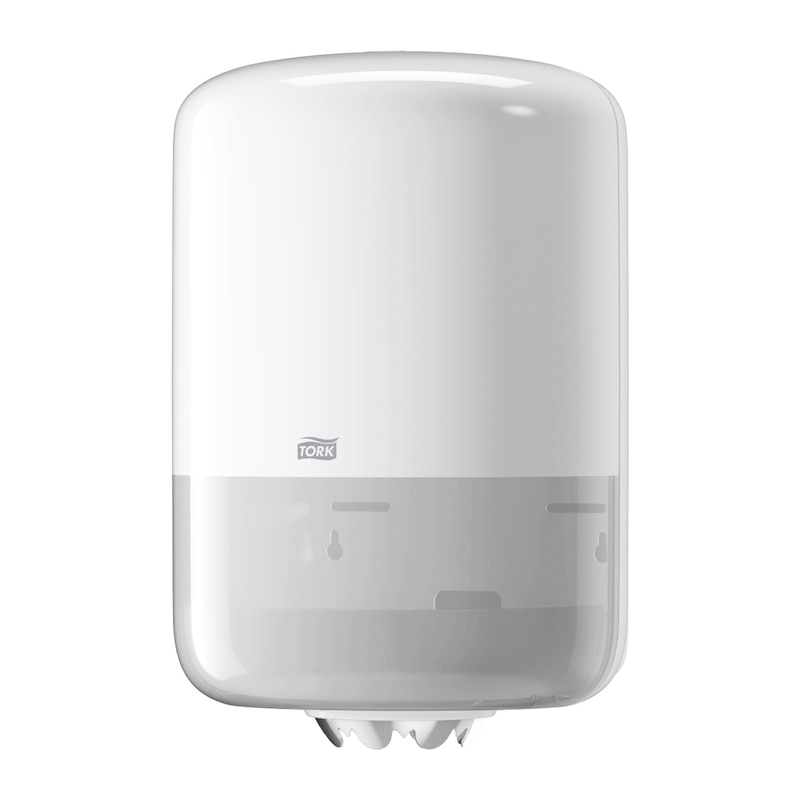
Better hygiene. Better business.
Hygiene and business performance go hand in hand. Our solutions are designed with your business and our planet in mind, setting you up for success. Enhanced cleaning efficiency and improved satisfaction in your workplace may be only a few clicks away with Tork.
Explore solutions for your industry
Highlights and innovations
Break barriers to inclusive hygiene
Barriers to inclusive hygiene in washrooms challenge people every day. Discover how you can help!
Break barriers to inclusive hygiene
Barriers to inclusive hygiene in washrooms challenge people every day. Discover how you can help!

"Tork helped us not only reduce waste but also boost workplace efficiency."
Product Section Manager, Leoni Wiring Systems Arad
110
The number of countries where Tork is available
6.5
Million dispensers placed, each year
27000
Customers surveyed














